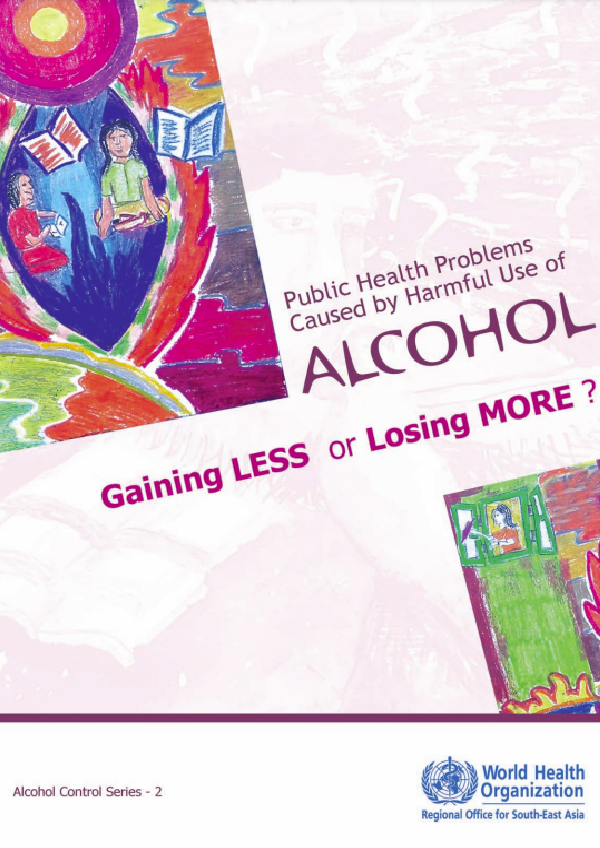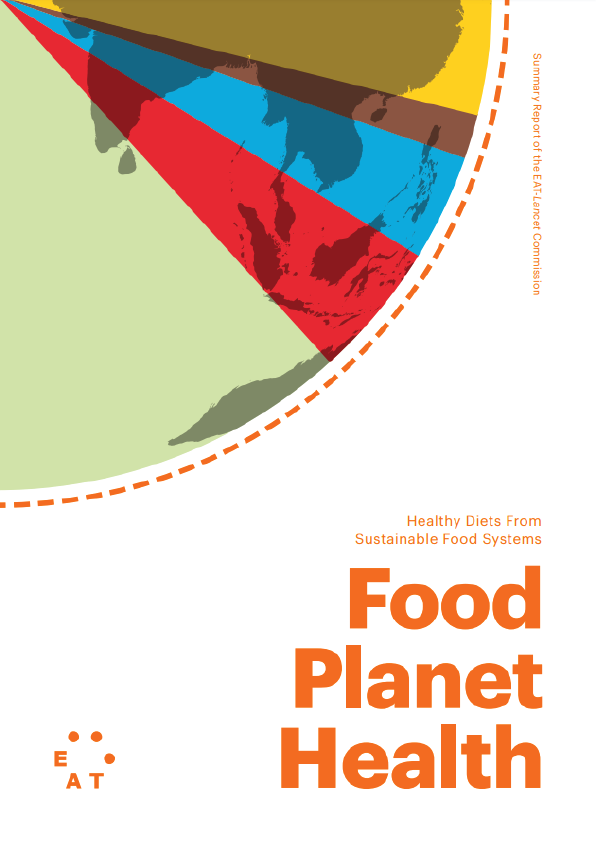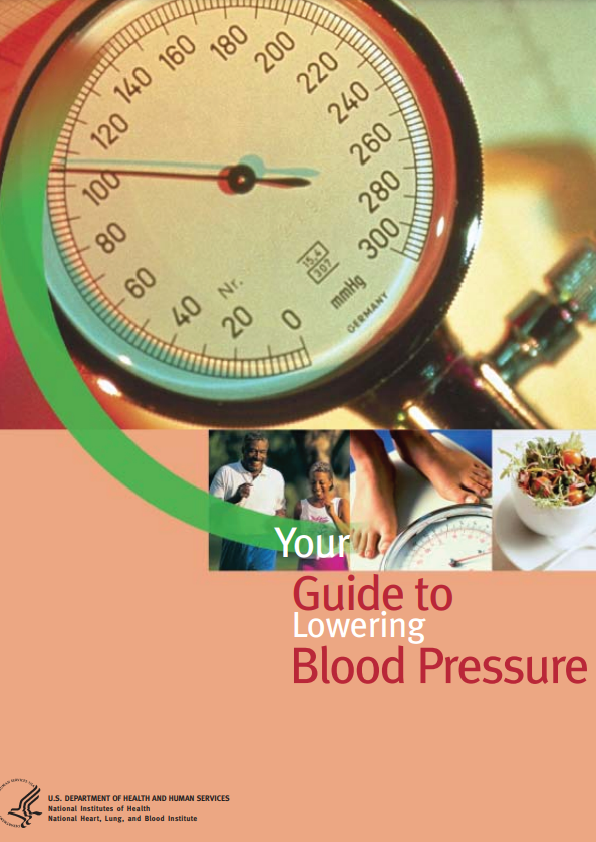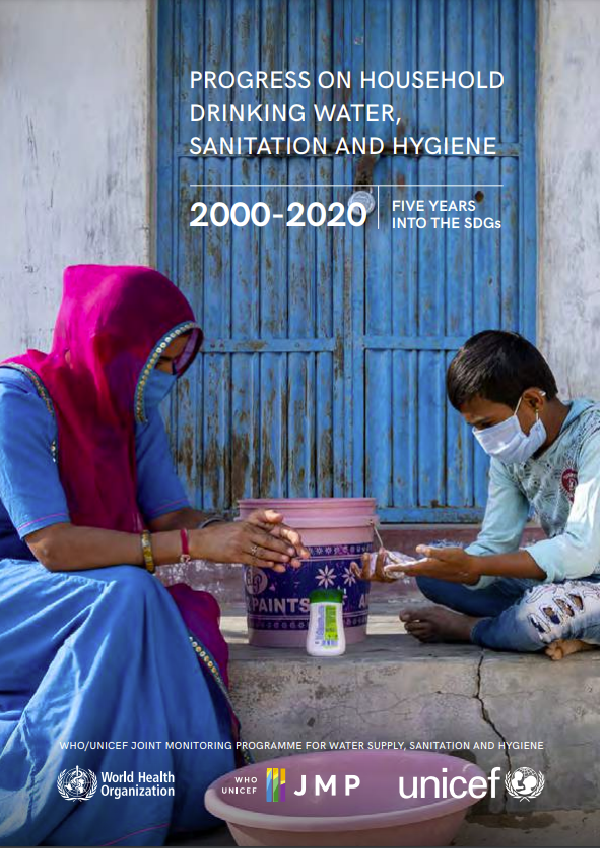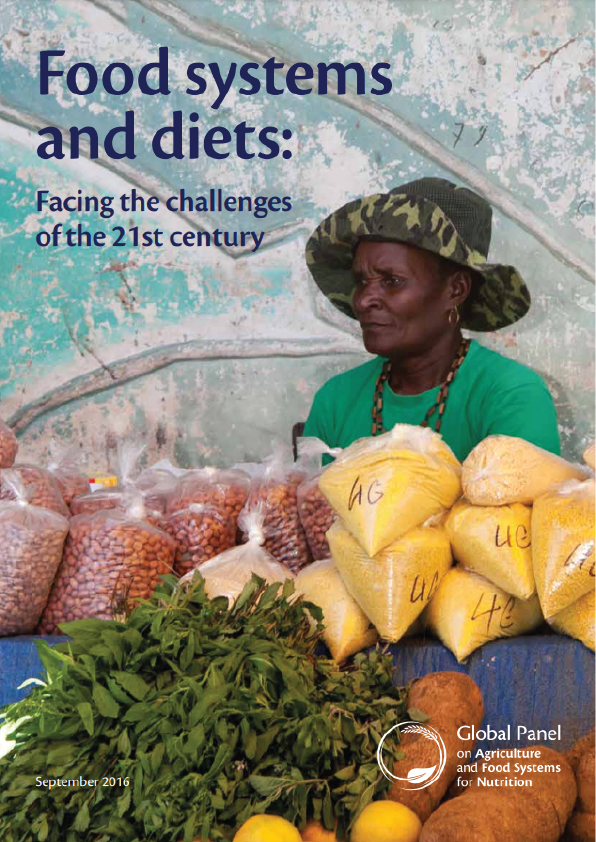South-East Asian societies are in transition amidst changing states of growth and development due to macro and micro level influences. The shift from agrarian to modern societies has led to people changing emotionally, culturally and socially. This influences every sphere of their lives. The impact of globalization, industrialization, migration and media invasion into the lives of people is noticeable and palpable. People are embracing new lifestyles, cultures and practices, giving rise to new problems such as the increasing use and abuse of alcohol. Governments, representing their citizens, in the pursuit of socio-economic growth and development, are also reacting to these changing global and national influences.
Alcohol is a psychoactive substance which has an effect on people in multifarious ways. It acts primarily on the central nervous system, both immediately and over a period of time, and affects, both directly and indirectly, almost all body organs and systems. Alcoholic beverages contain ethyl alcohol (ethanol), produced as a result of the fermentation of starch which includes grains (beer), vegetables (vodka) and fruits (wine). Ethyl alcohol has no taste and is a colourless liquid. Each alcoholic beverage is different in taste and the way it looks, due to the presence of other substances which are added deliberately or accidentally. The manufacturing process also gives a distinct flavour and colour to the alcoholic beverage.
Alcohol is absorbed directly into the bloodstream through the walls of the stomach and the small intestine and is then quickly distributed to all parts of the body. All alcohol that is consumed enters the bloodstream and then goes to the brain. It takes only a few minutes for alcohol to reach the brain and begin to act. The liver is the key organ digesting alcohol, and on an average it takes about one hour for the liver to completely digest a standard alcoholic drink (Benegal, 2001).
ALCOHOL: WHAT INFLUENCES ITS USE
The effects of alcohol depend on a number of internal and external influences.
- At the societal level, availability, accessibility, affordability and acceptability have a major influence on alcohol usage.
- The visual and print media play a major role in informing, highlighting and directing people’s values and thinking processes.
- The systems of law, judiciary and welfare determine what is acceptable and what is not acceptable in every society.
- Socio-cultural attributes of peer group influences, the status symbol attached to alcohol use and the liberalized attitudes of society, all have a major impact on the entry and expanding use of alcohol in society.
- The family plays a key role in terms of social, economic and cultural values. These influences can have both a positive and negative effect by developing appropriate family norms and values.
- At the individual level, age, sex, social status, physiological attributes, nutritional levels, activity being performed, psychological status and awareness determine how much each person drinks and what effect it has on them and others.
Thus, the increasing use of alcohol is not just due to an individual’s likes or dislikes but rather due to several extraneous factors operating in respective societies. This understanding and identification of critical factors are crucial to reducing the growing impact of alcohol use.
